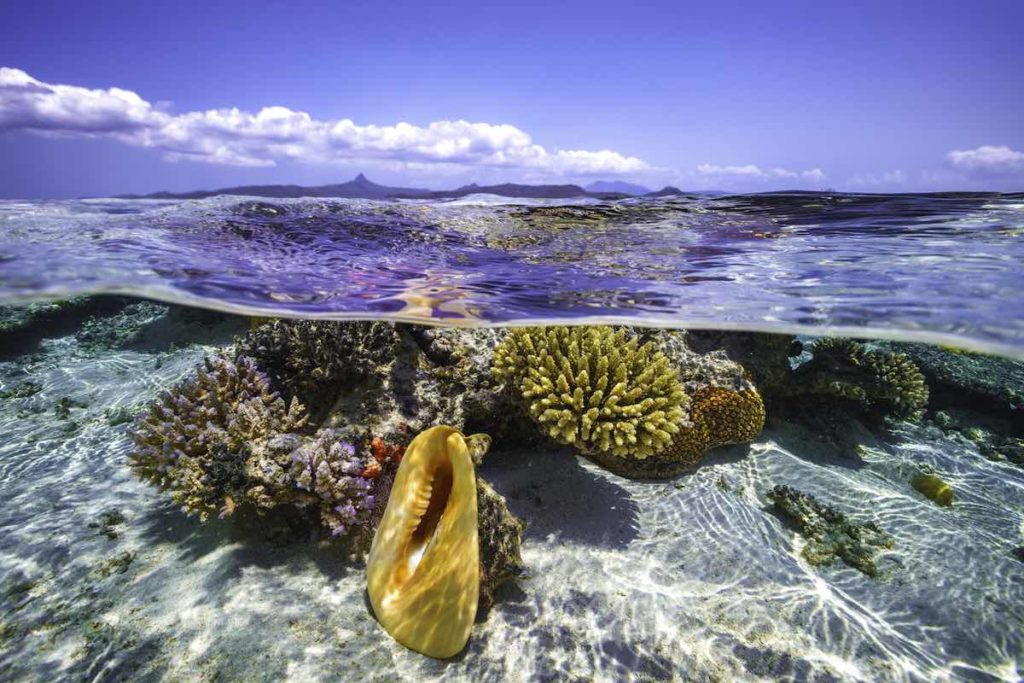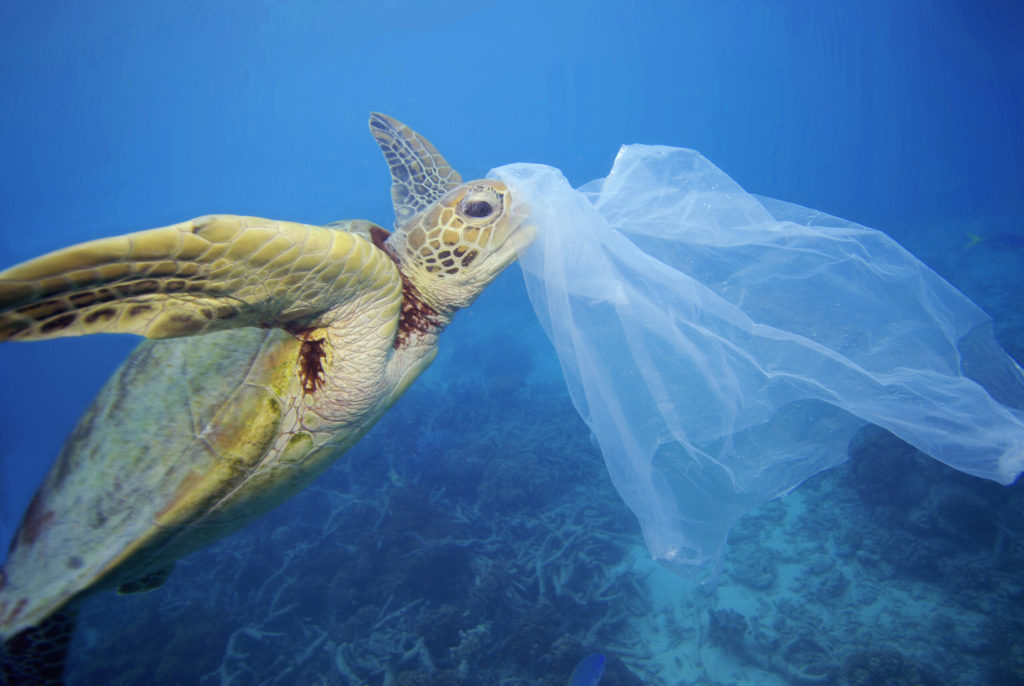Our Work
Our ocean is truly awesome, but it is not invincible
Our ocean produces half the world’s oxygen, absorbs 90% of the excess heat from climate change and supports millions of species and billions of people. But the ocean’s bounty is under threat. Ocean Conservancy is a U.S.-based organization that works globally to protect the ocean. We work on protecting biodiversity, advancing climate solutions and preventing ocean plastics. Together, we are securing a healthy ocean and a thriving planet, forever and for everyone.
Protecting Biodiversity
Our ocean is home to an incredible diversity of life. It feeds billions and supports cultures and livelihoods around the world. Ocean Conservancy’s work ensures that the ocean and those who rely on it can thrive for generations to come.

Advancing Climate Solutions
Climate change is the greatest threat our ocean has ever faced. A warming ocean bleaches coral reefs, threatens marine animals and supercharges hurricanes. But the ocean also has vast untapped potential to provide clean energy that reduces climate impacts.

Ending Ocean Plastics
More than a garbage truck’s worth of plastics enters the ocean every single minute. Ocean Conservancy leads efforts to reduce how much plastic is produced in the first place—and to clean up our ocean, beaches and waterways.
